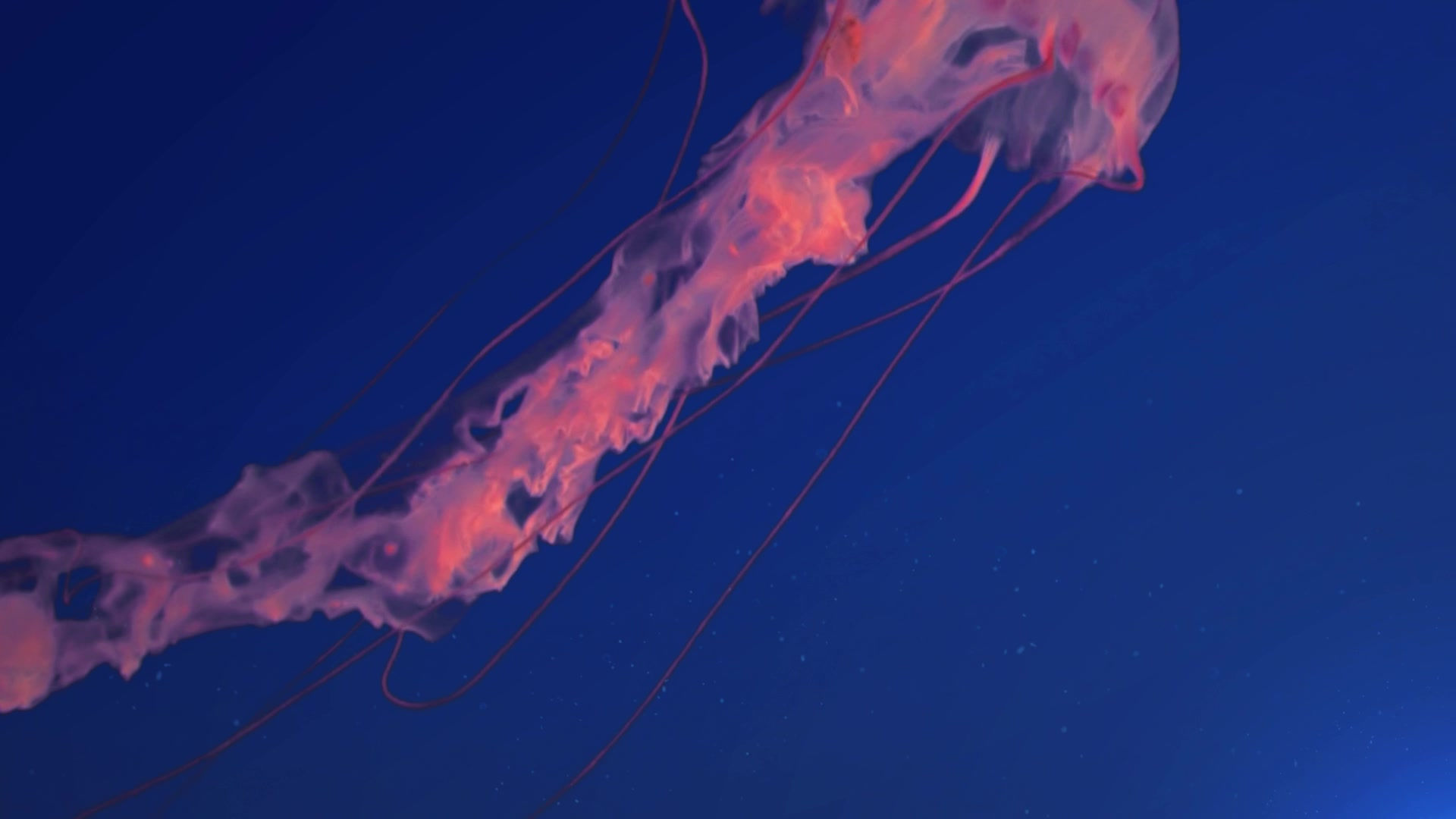DOUBLE PAGE SPREAD ON PHOTOSHOP AND EXPERIMENTING WITH INDESIGN
- imelisha99
- Mar 1, 2017
- 4 min read

For the double page spread, i wanted to stick with photoshop for the construction of the piece but it was advised to use a new software called "Indesign", Indesign is more based around textual work, for example work in magazine spreads, unlike covers, this is as photoshop is more based around image manipulation and is harder to control text on, but indesign is more based around the text manipulation, this software was a completely new software for me, and i found it quick hard to navigate. I spend some time experimenting with the tools in indesign, and decided i will predominantly stick with photoshop for the construction of the double page spread just as i am more talented and knowledge - full of the software but will try to use indesign for the textual elements of the spread.

VS

For the first step of the construction of this double page spread is making the canvas, this canvas would have to consist of two A4's to make the size proportionate, to figure this out i googled the dimensions of A3 (2 a4s put together) size which is 29.7 x 42.0cm. I then added the layout i wanted to base my ideas from and then the guidelines for these, for example the columns of my article, but i decided to remove the layout after this to keep my work structured.

My Second step was to add a banner in the corner, stating the pages are designated to interview pages and for which artist, this in my opinion could be considered a new form and convention for music magazines as most music magazines i have studied have this in their double page spread. I added the magazine name, the fact its an interview and then fancy word art for the artist name in this case "Madaline Massacre".

The next step was adding the page number, title and date i had previously made on the contents page, i carried this format through to keep the identity of the publication consistent.

Next i added the photograph i wanted to use. I was torn between two photographs that i specifically wanted to use, a sofa photograph as this would have made an strong double page spread choice or a more close up image of the model with her resting on her knee that had popped out to me (there were photographs of model Luke although i decided that as the main cover line is of Madaline i should follow through that that should be my double page spread). I debated over both and went with the second photograph as i thought a close photograph may be more appealing and ascetically pleasing. So i then added this image.

I first of all used the crop tool to crop the images un - nesaccery qualities out i then edited this image using adjustment layers such as levels to add more depth to the photograph, also used a new layer and the paintbrush tool, on a low opacity black colour, with low hardness to brush over the models bra straps as they were commented on as being a distraction and too bigger contrast with the main colour black from the main image, by doing this i believe this blended them in better and no contrast was present.
*


After this i added the Title, Quote and introductory paragraph and their fonts, I decided on a quotation mark at the begininng of the interview title, i added this as a sort of trade mark or logo for the caution interview section as i had noticed this idea in other magazines that have a more signiture look, i also deliberated on the font of the quotation marks for the pull quote, one being a slick look but having a more full shape as a quotation mark and the other being a more scratchy look but just slanted lines for quotation marks.




I then added the article text this was a relatively easy step as i already had drafted this and was happy and satisfied with the draft, I tried using Indesign for this step and doing the same step on photoshop, these in my eyes both turned out the same, the difference being that in indesign text was easier to move into columns whereas on photoshop you have to self make the columns.



I next added the Drop Letter, "I", this is usually a form and convention of a magazine.

Next I added colours, firstly, i added more block colours, on all text in yellow, red and white, and then changed the scheme to add purple as in many magazines but then in my audience feedback, it was said to be switched back to stick with the main colours and to add colour to the questions of the question and answer interview text also to switch the quote and introductory paragraph colours round by a teacher to space them out more.



Finally after reaching a finishing stage i asked for feedback and criticism, The most common feedback was the to add something in the corner between the image and banner, i added a poster circle and the colour changes.

































Comments